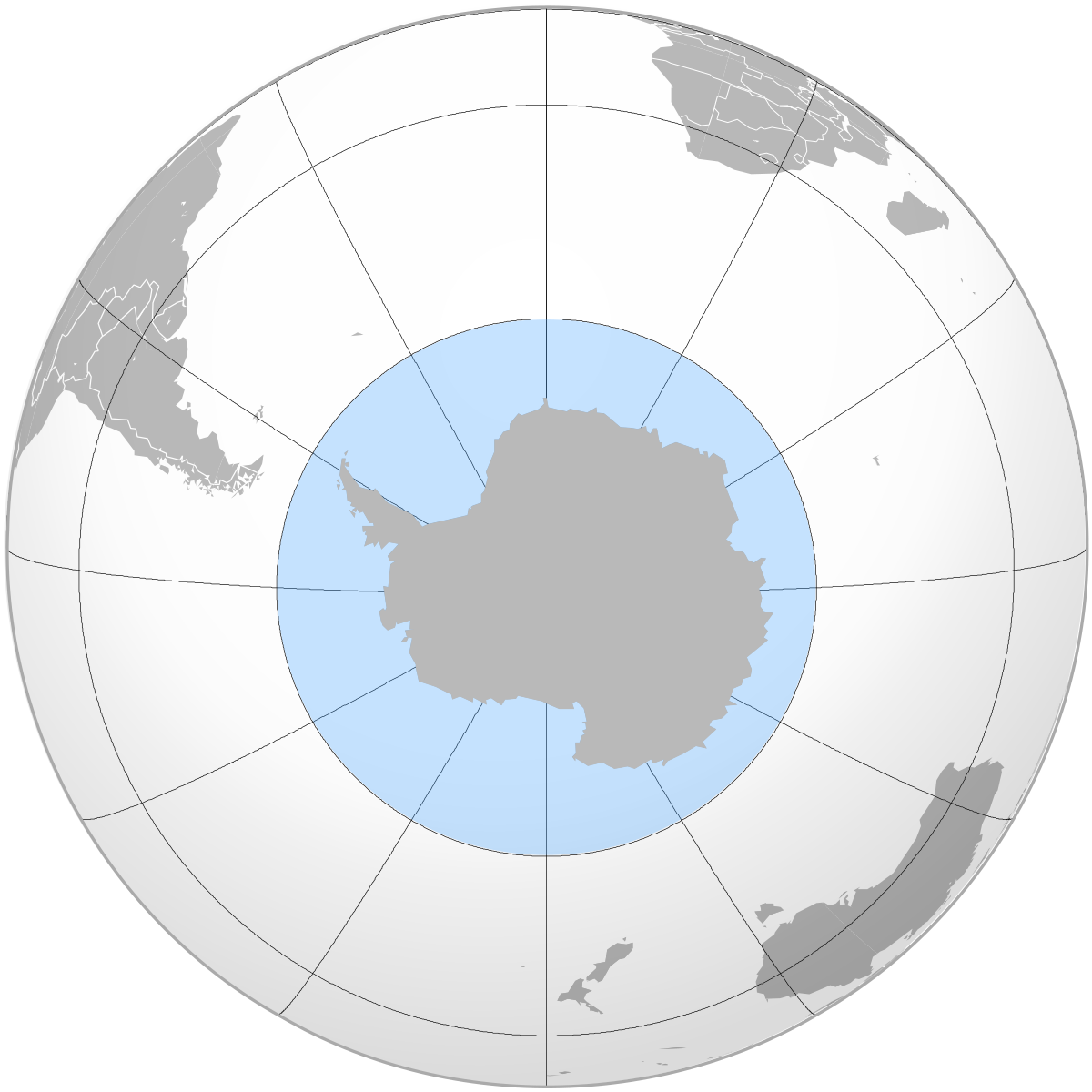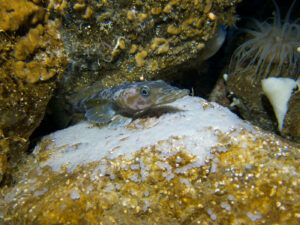I earn commissions if you shop through the links below at no additional cost to you.
Last Updated on March 24, 2023 by Jeremy
Covering an area of 20,327,000 square kilometers (7,848,000 square miles), this ocean spans around the continent Antarctica in the South. Also known as the Antarctic ocean, the second smallest ocean hosts fish species that evolved to survive freezing water temperatures.
Let’s find out what Southern ocean fish species are swimming around Antarctica. The fish of this region, also referred as Antarctic fish, have relatively few families in this region.

By , CC BY-SA 3.0, Link
The most common families are:
- Liparidae – snailfishes
- Nototheniidae – cod ice fishes
- Perciformes
Liparidae
This family is commonly known as sea snails or snailfish which can be found in all oceans and in depths ranging from shallow, inter tidal waters down to 8,000 meters (26,246 ft).
Not much is known about the snailfish as it’s not widely studied, and few species are known. What is known though, is the bodies are similar to rattails, with a large head that tapers into a thin body and tail.
These scaleless fish come in many sizes and shapes; some with prickly spines like the spiny snailfish. Most have loose, gelatinous, thin skin and the deep-sea species have evolved prominent, well-developed sensory pores on its head.
In order to survive such extreme temperatures, some fish, like the Liparis atlanticus and Liparus gibbus, have evolved to have antifreeze proteins, which make them highly resilient in cold marine waters. The antifreeze proteins, or AFPs, “bind to small ice crystals to inhibit the growth and recrystallization of ice that would otherwise be fatal.”
Most members of this family usually feed on amphipods, which are small crustaceans ranging in size from 1-340 millimeters, with some feasting on gammarid, krill, natantian decapods, other crustaceans, and fish. The size of prey is dependent on the size of the snailfish.
Nototheniidae
This family of ray-finned fishes, called notothens or cod ice fishes, are part of the suborder Notothenioidei. This suborder is placed within the Perciform order.
The Notothenioidei belongs to one of 19 suborders of the Perciformes order.
Part of the morphological traits of Notothenioidei include lack of a swim bladder. A swim bladder helps a fish control their buoyancy through an internal gas-filled organ. Because of this, most species live close to the ocean floor.
90% of the fish biomass in the waters surrounding Antarctica are Nototheniods. The following fish belong to this family:
- Longfin icedevil
- Cod ice fishes (Toothfish)
- Grey rockcod
- Antarctic silverfish
There are 10 more mentioned in Wikipedia, but they were referenced in their Latin names only.
Perciformes
These “perch-like” vertebrates make up to 41% of all bony fish if considered a single order because they’re the most numerous order. There are well over 10,000 species in this group found in all aquatic ecosystems.
Most notable fish in the family Perciformes are: Perch, Darters, Sea bass, Groupers, and Marlin. Unfortunately, these fish aren’t endemic to the Southern, or Antarctic ocean; most are found in the Pacific ocean or the Atlantic ocean in warmer waters.
These families of fish will be found in the Southern ocean:
- Bovichtidae – Temperate ice fishes or thornfishes
- Pseudaphritidae – Catadromous ice fishes
- Eleginopsidae – Patagonian blennies
- Nototheniidae – Cod ice fishes
- Harpogiferidae – Spiny plunderfishes
- Artedidraconidae – Barbed plunderfishes
- Bathydraconidae – Antarctic dragonfishes
- Channichthyidae – Crocodile ice fishes
Final Thoughts
The temperature of the water greatly affects the species of fish. Most are acclimated to warm, temperate waters where they swim around coral reefs.
The open water fish swim throughout colder waters like in the North Atlantic, but only 8 species of fish can survive subarctic temperatures.
Nature is so fascinating to evolve to such extremes like antifreeze proteins and lack of a swim bladder.
If you’re looking for more fish articles, I have written the following fish blogs relating to the other 4 oceans of the world:
Atlantic Ocean Fish Species – Earth’s 2nd Largest Body of Wonder – Everything Nature and More
Indian Ocean Fish Species – The 3rd Largest Ocean on the Planet! – Everything Nature and More
I hope you enjoyed the final installment of fish articles! Feel free to comment below and remember…
Earth is Heart!






What an interesting read. It’s absolutely amazing how nature always finds a way to live or thrive no matter what the temperature is.
How cold does it get in these areas for the fish you have mentioned in your article?
It’s pretty amazing that they have an antifreeze protein that inhibits recrystallization. Can you eat these fish? Are they sourced or are just magical creatures that live in the deepest most coldest depths ever?
Thank you for your comment!
In terms of the water temperature around Antarctica, the Southern Ocean is known for being one of the coldest and most inhospitable environments on the planet. The surface water temperatures typically range from -2°C to 10°C (28°F to 50°F) in the summer months, and can drop to as low as -2.2°C (28°F) in the winter. However, in the deep waters of the Southern Ocean, temperatures can drop to as low as -1.8°C (28.8°F), which is close to the freezing point of seawater.
Despite these extreme conditions, the fish species that live in the Southern Ocean have evolved a number of adaptations that allow them to survive and thrive in this harsh environment. As mentioned in the article, some species have evolved antifreeze proteins that help them to survive in freezing water temperatures. Others have adapted to living close to the ocean floor, where temperatures may be slightly warmer and more stable.
In addition to these adaptations, many Southern Ocean fish have also evolved unique morphological traits that make them well-suited to their environment. For example, some species have enlarged eyes that allow them to see in low-light conditions, while others have specialized jaws and teeth that help them to capture prey in the cold, nutrient-rich waters.
Overall, the fish species of the Southern Ocean are a fascinating and diverse group of animals that have adapted to survive in one of the harshest environments on Earth.
As for eating these fish, there are some fish species found in the Southern Ocean that are edible and consumed by humans, such as the Antarctic toothfish, also known as Chilean sea bass, and some species of cod icefish.
However, it’s important to note that the fishing of these species is highly regulated to ensure the sustainability of the ecosystem and prevent overfishing. Therefore, if you are planning to consume fish from the Southern Ocean, it’s essential to ensure that it has been caught legally and sustainably.